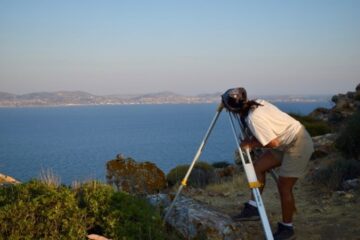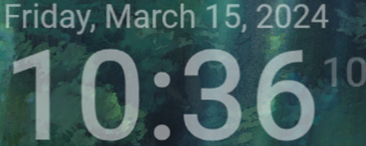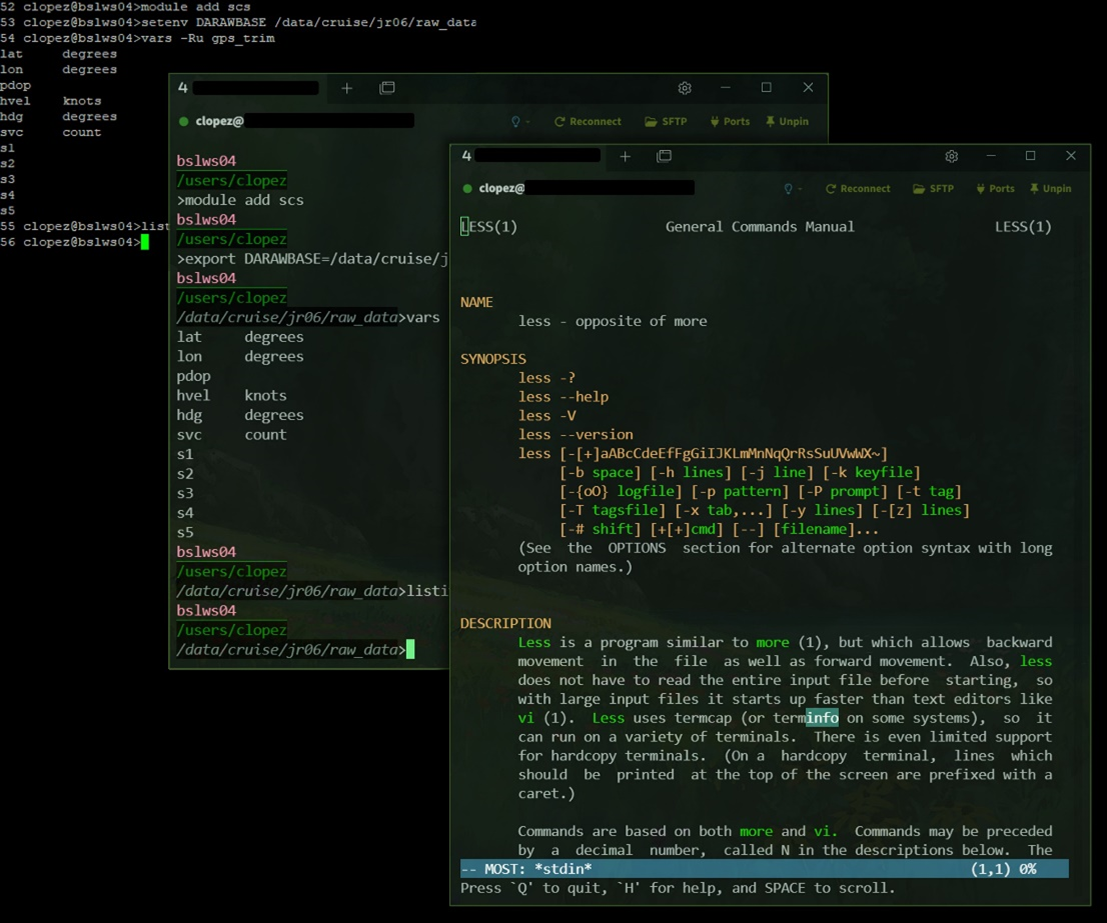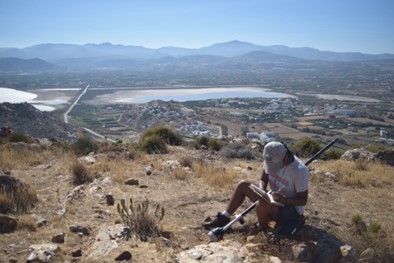Thriving with ADHD: exploring what works
20 March, 2024 Diversity in UK Polar Science
Claudette Lopez writes for Neurodiversity Celebration Week (18-22 March), a worldwide initiative that challenges stereotypes and misconceptions about neurological differences, on her experience of Attention Deficit Hyperactivity Disorder (ADHD), and how it impacts her at work and outside. She discusses some of the ways colleagues at BAS have helped her thrive in polar science and the strengths of neurodiversity.
Hi, my name is Claudette and I’ve recently joined the Polar Data Centre as Marine Geospatial Data Assistant. My work involves tracking down the historical whereabouts of BAS-operated vessels. I therefore spend most days scrounging through an assortment of both physical and digital archival records. Because the positional data I collect spans across decades of voyages, meticulous documentation and routine caution in my work is paramount. While structured workflows are a given for most, it’s a slightly different experience for some of us with ADHD.

ADHD Accessibility at Work
It was not until very recently that I developed a sense of how to ‘work’ successfully with manifest progress all while nurturing a sense of empowerment. I could not have done this alone – learning to thrive at work with ADHD was a collaborative endeavour that involved help from my friends, family, and mentors. Although I’m no spokesperson for ADHD, I wanted to share some tips and tricks I learned along the way which have helped me since starting at BAS. And just to clarify; success here is defined as meeting work targets while feeling empowered vs. ashamed for the unique way your brain works (not toxic productivity).
Time Blindness and ADHD
A unique trait of ADHD is time blindness, often complemented with hyperfocus. While the former depicts a clear handicap, the latter is often perceived as inherently skilful. While I personally enjoy my ability to hyperfocus at times, I must moderate my time allowance at work. This is especially true because of my innate interested in all things navigation! I suspect many of you reading this also share great passion for your research. There are a few measures in place which help reinforce my timely progress within work.
To start off, my line manager welcomed me to work with a fourteen-page project plan clearly outlining my quarterly deadlines and project expectations. This project plan was helpful as tasks include additional resources and information. This plan is supplemented by weekly meetings where we check in to discuss progress. This is the first time I have approached deadlines using a quarterly system and thus far has proven perfect for me. I highly recommend giving this alternative conceptualization of time a shot!

Also helpful is investing time into creating user-catered accessible physical and digital work environments. For example, to help with my daily time blindness, an enormous clock is prominently docked on the topmost layer of my desktop – meaning, it’s never hidden – even if I have an application loaded on top.
I also use a Pomodoro timer whenever I discover a new side-quest. To prevent the quick passing of three hours, a 30-minute timer affords me the space to investigate to my heart’s content and then return to my daily tasks in a timely manner. This app also shares that helpful ‘always docked’ feature.
At BAS I’ve requested additional working from home equipment. Flexitime is great as it affords me the flexibility of working on a schedule that fits my own needs, and not worry so much about running late.
Linux Terminal Colour Accessibility
One kafuffle when first starting with BAS was learning Unix shell. Command line interfaces (CLI) alone are quite a deterring environment, so it doesn’t help that SSH client interfaces are monotoned unless user profiles are tediously customised. With BAS IT’s amazing help (and much appreciated patience), I changed my default shell to Bash (a popular shell with significantly more online documentation than tcsh). By changing my prompt using resources such as $ Bash Prompt Generator, I can now keep track of my location whilst traversing through directories, special environments set, and have explicit contrast between my command and terminal output. Applications such as Tabby create a dynamic and comfortable digital environment which makes CLI leagues more approachable. Oh, and Tabby also has that fabulous ‘always docked’ feature.
I’m in the process of writing a post on Linux and terminal accessibility – if you have encountered challenges due to deterring SSH client GUI, please reach out! I’d love to hear about your experience.

Discovering what works
Arranging accommodations for ADHD isn’t always so easy nor obvious. In my personal experience, ‘seeking help’ initially involved plenty of shameful last-minute extensions for missed course deadlines. Despite being diagnosed with ADHD relatively early in childhood, I more-or-less did alright in school. For this reason, I was never treated and eventually the diagnosis was forgotten. Fast forwarding to young adult…
After it was confirmed that I’d continue studying past community college, a heavy sense of duty to my family was instilled into my being. As a first-generation Mexican-American student, I felt it necessary to make the most of the opportunities presented to me. For this reason, my undergraduate years at State University were filled with five to six class semesters and regular library days lasting from dawn until late at night. Sounds pretty studious, right?

My long study hours and academic commitment were not initially deliberate. Library days weren’t filled with intellectual hand-on-chin pondering of epistemological dialogues. Quite the contrary! These long hours were an honest attempt to keep up with foundational coursework. Although I didn’t understand then, what seemed like incomprehensible course-material was just me not knowing how to study in a way which resonated with my ADHD way of thinking.
Coming to terms with the fact that my brain was wired different wouldn’t happen until years later. Partly because I felt ashamed for my ‘slowness’, but also because I believed that with enough accomplishments that I’ll overcome this learning barrier. Despite making it past the graduation finish-line, my diligent studying habits were inevitably unsustainable…for any sane mind at least. Relentlessly hammering in neurotypical learning techniques into my very, very ADHD brain resulted in a state of burn-out from which I am still recovering from today.
If you’ve made it this far, I hope that some part of this blog offers comfort, support or even perhaps a new perspective on what neurodiversity looks like. Through abundant patience, self-compassion, empathetic support networks and re-education on ADHD, I have found ways to thrive in my personal life. For my professional life, ample support and accommodations from my educational institutions and workplaces have made all the difference. Workflows are different for everyone, and no accommodation is too small – I encourage you to consider looking into how EDI initiatives can help you succeed at work.
Find out more about Equality, Diversity and Inclusion at BAS. Interested in working for BAS? Find out about our work to be an inclusive employer on the VERCIDA website.